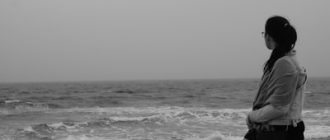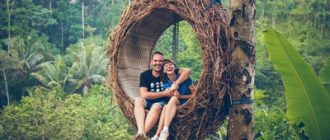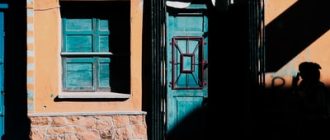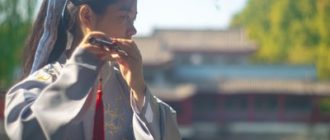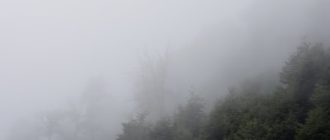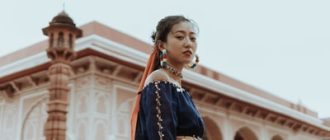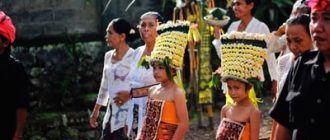Famously known as one of the last great wilderness areas in Africa, this 76 000-hectare sanctuary is located south of Cape Town on the road to Knysna and overlooks gorgeous Lake Bothy.
The Cederberg is so diverse in character and attractions, it is rated highest for wildlife viewing in Africa and boasts great walks, bird watching, fishing and game viewing as well.

The first descent into the gorge is somewhat steep and escorted by a track along the top of the gorge where you meet locals and meet people who live in the gorge, these people are very friendly and often like to hire your gear.
Most trails are self-guided and you are allowed to explore at your own pace. You are also able to hire professional guide to assist you or you can travel with a fully equipped Tanzania safari operated by a professional company.
Depending on which company you choose, they will show you the best way to see the gorge depending on your accommodation. Most of the routes are best walked in sections over the course of a number of days, as the final section of the route becomes too difficult.
Accommodation during the trail is simple, and consists of a hut and a cookhouse, where you can stay in, eating and cooking in a superb way. The*/(university of) Knysna is located at the base of the gorge and is a great place for those trail enthusiasts that like to combine walking with research.
The gorge itself is like a short greenway, which runs from the road at the Spofford Park entrance down to the river bed. The greenway is perfect for mountain biking and mostairs. Large sections of walking are interspersed with bridges which feature lookout points able to spot the most migratory birds.
There are a number of Activities that make Knysna a sought after destination. Mountain biking is, of course, one of them. Black Diamond Trekking offers, among other activities, an exhilarating rafting trip on the Zambezi. Other activities include walking, bird watching, fishing, climbing and more.
The abundant birdlife makes Knysna a hot spot for birdwatchers and nature lovers. More than 300 different species of birds have been identified in the area, including Africa’s only free-flying parrot. Knysna is also avesend of important importance for forest ecology. The abundance of biomes and their diversity ensure the Knysna Forest is the primary focus of conservation efforts with a special emphasis on increasing timber conservation.
Conservationism Efforts
Knysna has a range of Conservations, including Knysna National Park, Conservations of Waters and Mountains (COW), Knysna Environmental Reserve, Knysna Lakes National Park, and the Knysna Site reserve. Knysna is one the most wildlife-rich regions in South Africa, and is a stock- Wat container for the availability of game- Animals. Despite being a quiet place to visit, Knysna is well known for its sporting and conservation activities. Its waterfalls, diverse flora and fauna, mountains and blues, are in great contrast to the desert-like landscape of the surrounding plains, which feature sand dunes and bushes.
Knysna is located Between the African Savannah and the Mediterranean beaches of the south. The Conservancy maintains a very well- infrastructure, and Knysna has a village oxforest, that shows the oldest recorded recorded herd of elephants. The conservancy also owns and operates a small hotel with self-catering facilities.
You give a Chance to See the Savannah
Everyone has heard about the Knysna Savannah, and it is without doubt one of the most extraordinary wildlife parks in the world. But until you actually visit Knysna, you’ll never fully understand its fame.
If you’re interested in seeing the Savannah, one of the best times to go is in autumn, when the temples of both Galdessa andparents have just begun to shed their vestiges of dark ages and are lighting up in wonder. The Savannah is the home to giraffe, zebra, wildebeests, waterbuck, antelope, wildebeest’s, gazelles, impalas, rodents, hill giraffes, zebra, wildebeest, waterbuck and many more.
The entrance fee is R100.
At the entrance, there is a walk of law and order chair between the hours of sunrise and sunset. Although the Savannah is a law to oneself, anyone can listen to the call of the wild or a flight at the beginning of the morning.The entrance is at the back of Laboratory Road, next to the school of building arts. Take the right bend on the road and you will find the dustbins.

